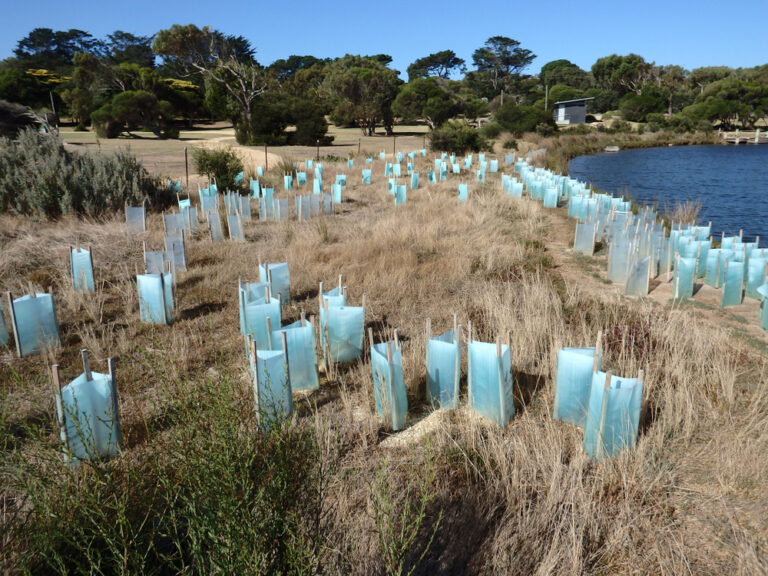The Australian federal and state governments, along with corporations, have committed to a net zero carbon emission by 2050.
This will mean that the amount of carbon dioxide being removed from the atmosphere will be equal to, or more than the amount of carbon dioxide being emitted.
While there are many news headlines and stories, exactly how this will be achieved remains a mystery.
One thing that is well known is that the required Australian Carbon Credit Units (ACCU’s) required greatly outstrips the supply. This challenge coupled with the desire for agriculture to be a $100 billion industry by 2030 provides for some challenges as productive farms cannot be idled and turned into carbon sinks.
For landowners there are two key challenges:
- What is the best economical decision to make regarding carbon sequestration
- What is the best way to optimise carbon sequestration while also improving farm productivity
Oasis-Agri is working with farmers engaged in the Pilot Soil Monitoring and Incentives Program to develop and optimise processes and procedures to smooth the plantation planting techniques, monitoring programs and how best to access carbon markets.
For farmers, working with the Department of Agriculture, Water and Environment, we will work with them to estimate their emissions and develop approaches to reduce those emissions or choose to become certified as a certified net zero farm using their carbon credits. Without this approach, there is a real risk that importers will put tariffs on Australian farm produce as the government has not been seen to be doing enough to tackle climate change.

